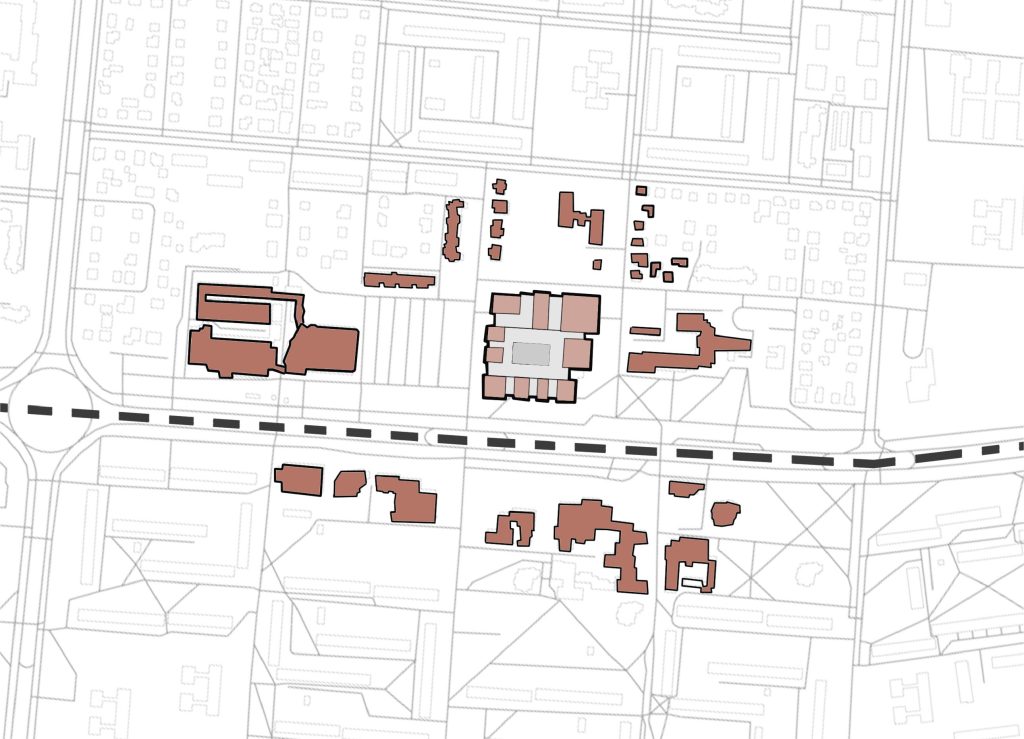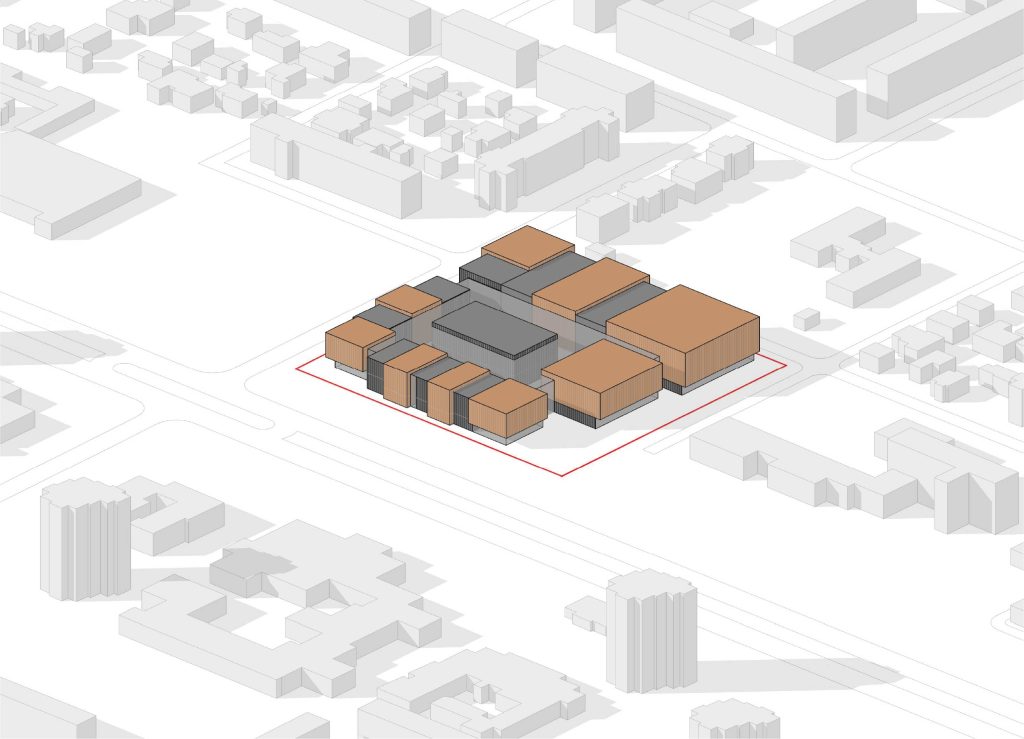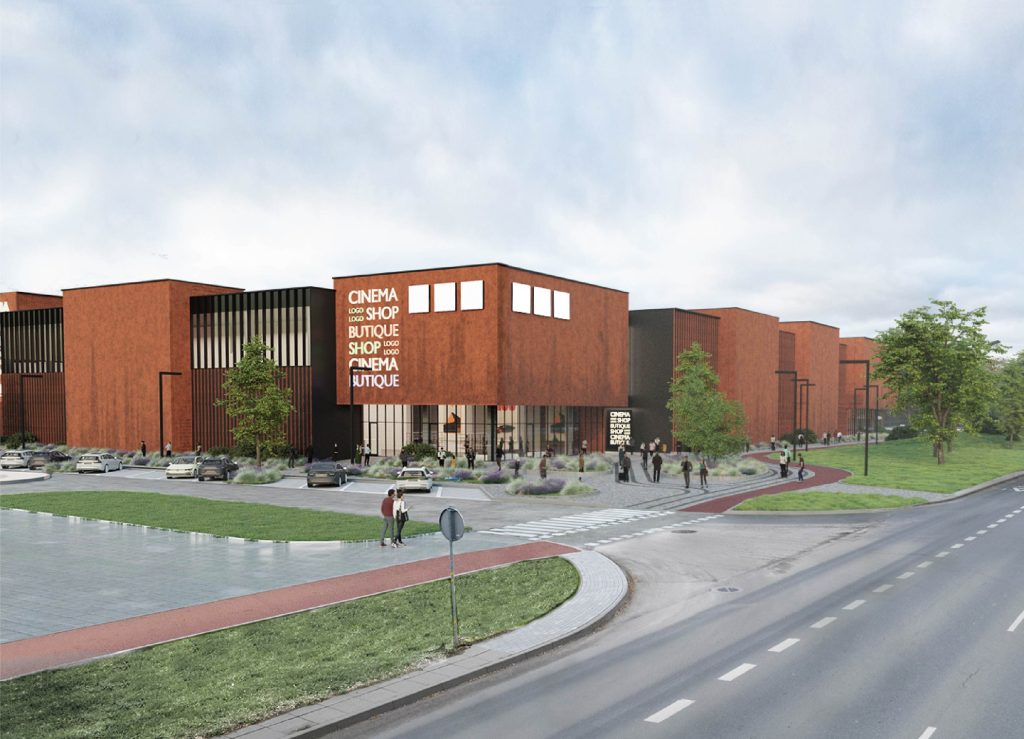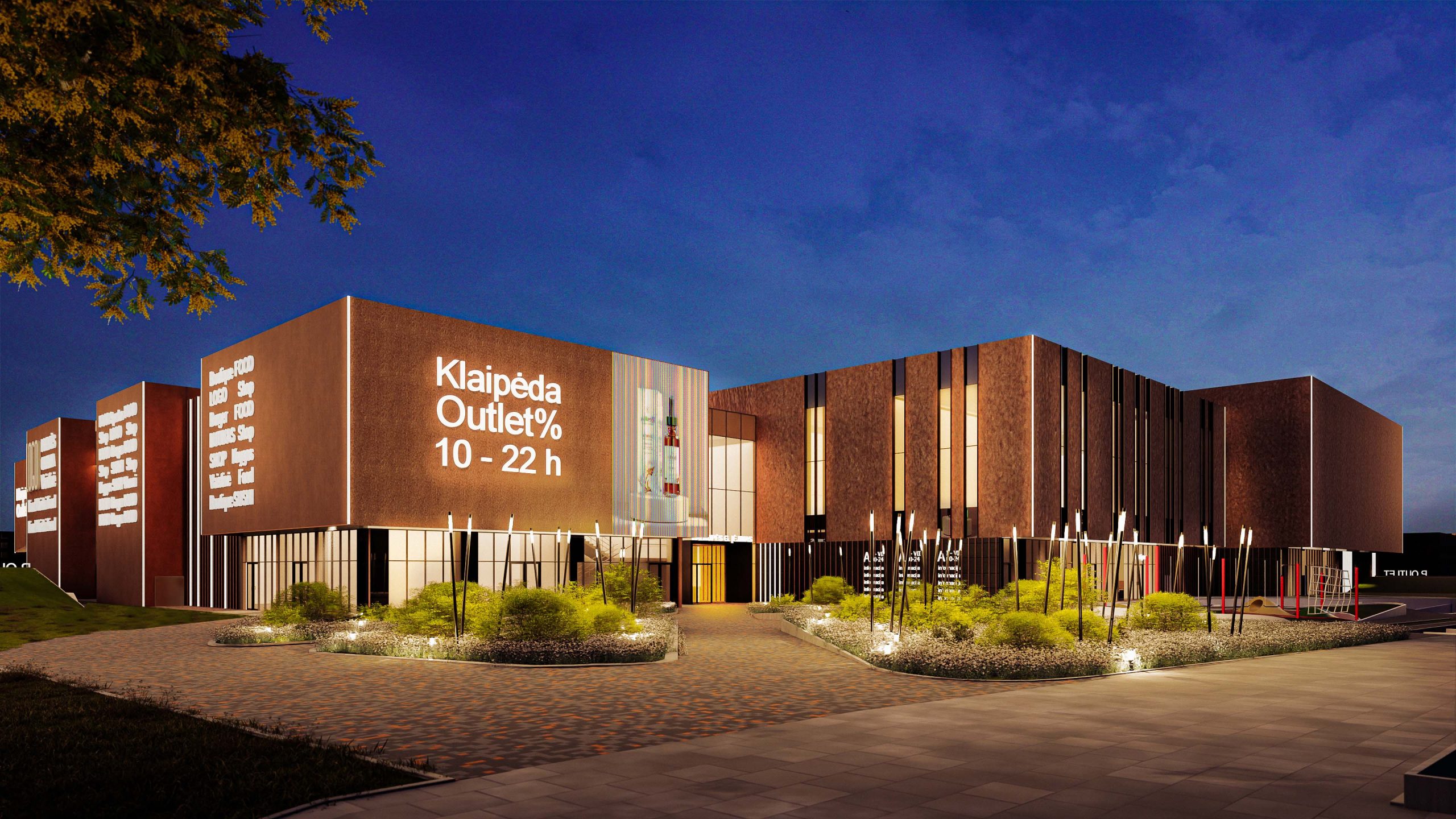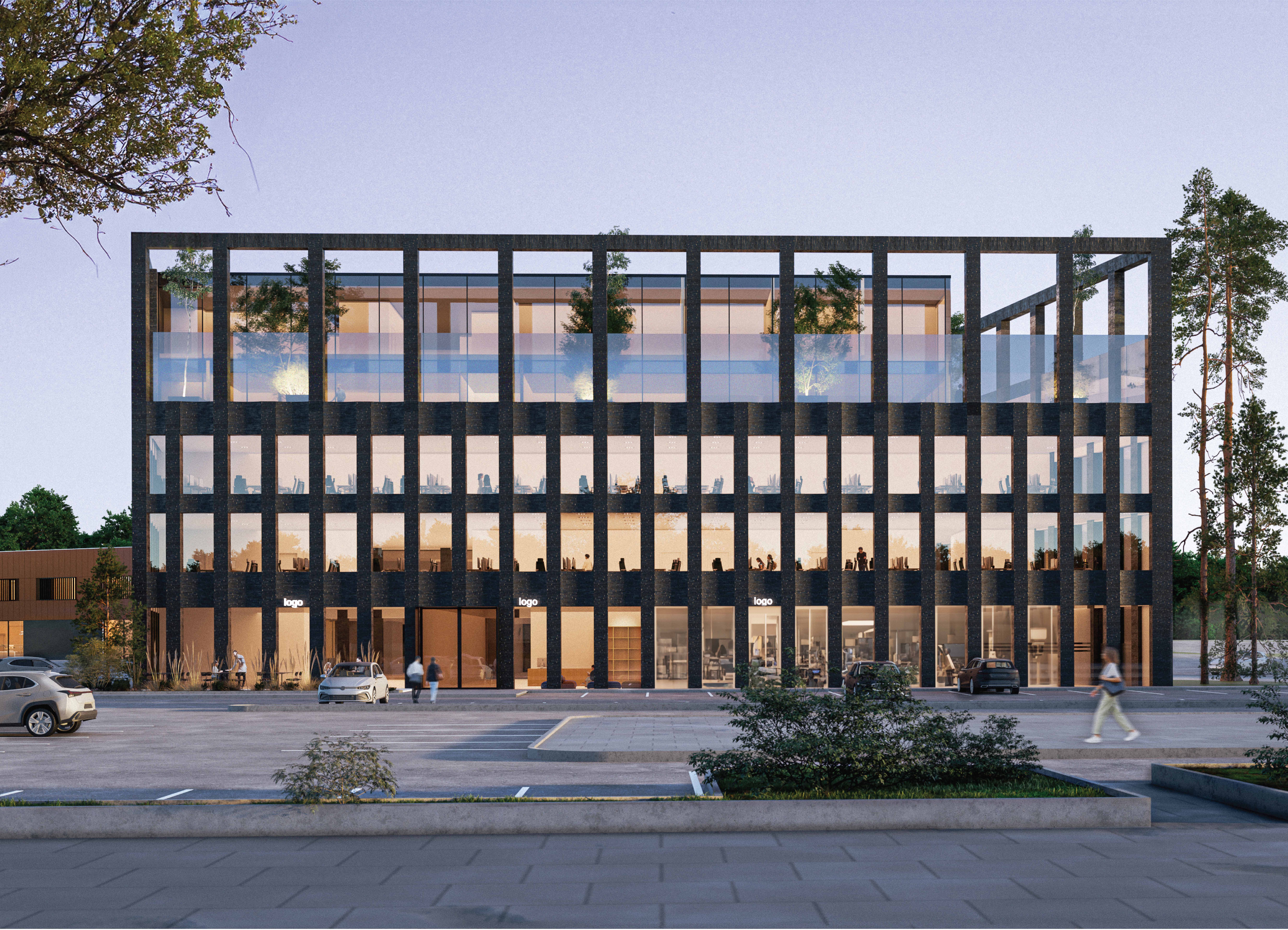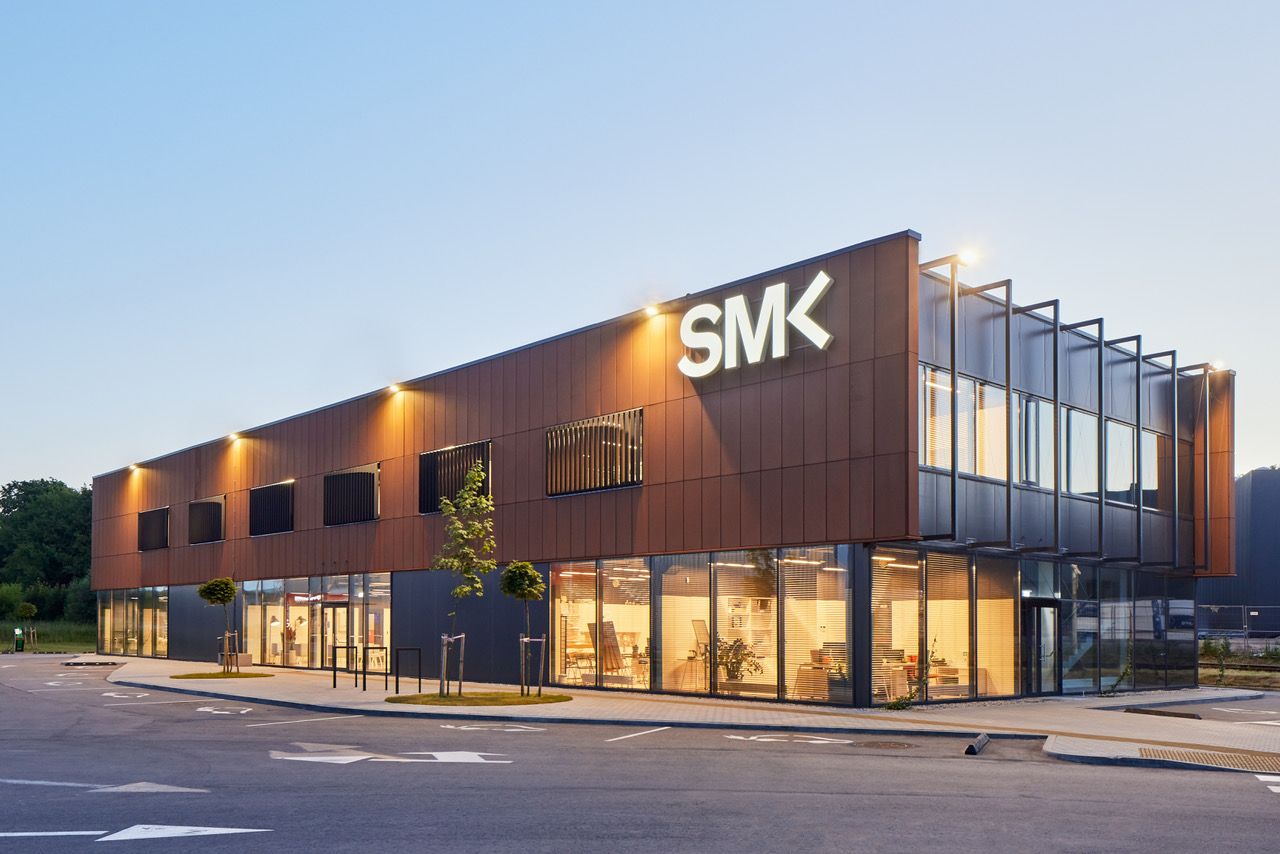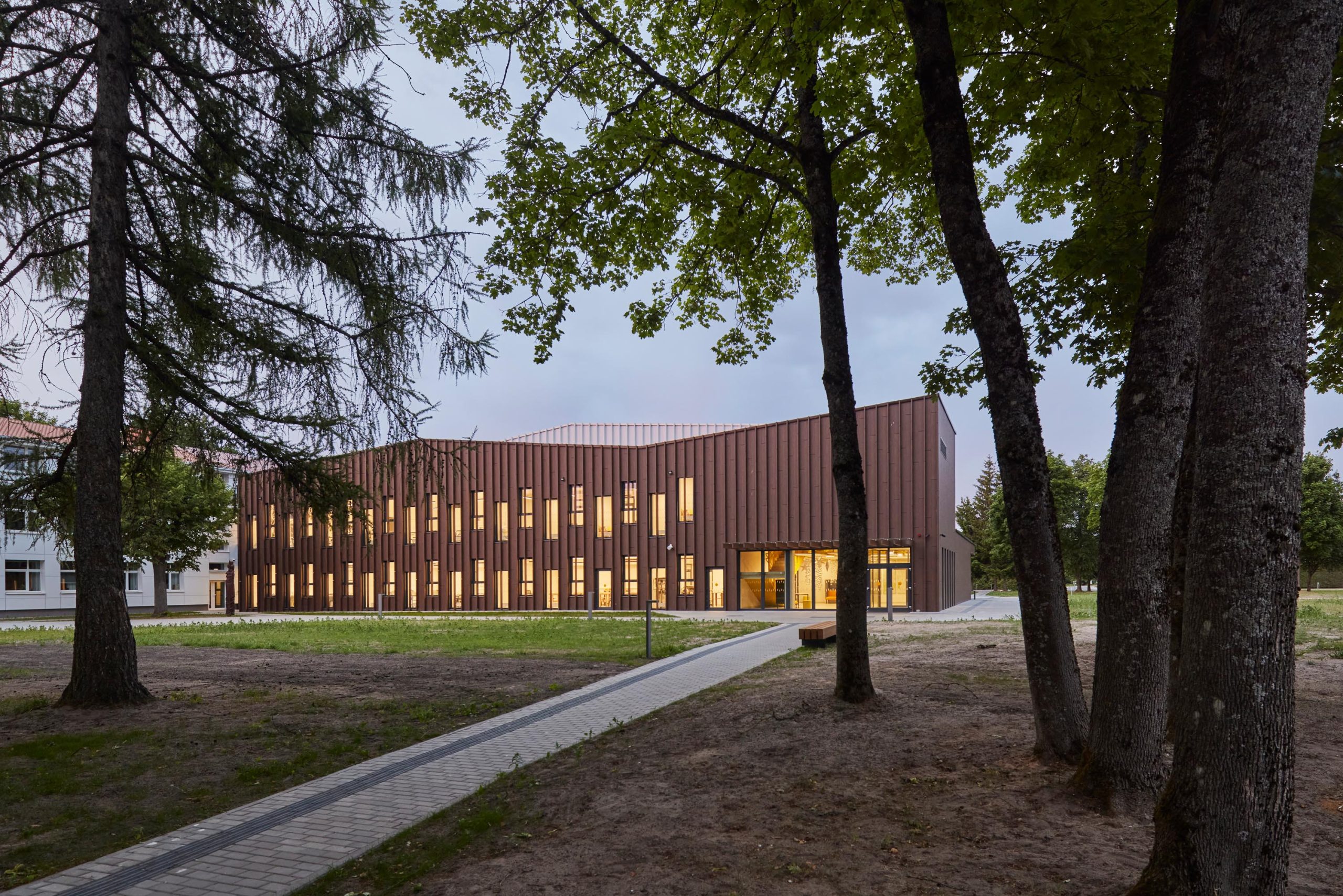Retail Blocks – Klaipėda Outlet

- Location Klaipėda, Lithuania
- Type Public
- Size 36 490 m²
- Year 2021 - Ongoing
- Status Design Phase
- Client UAB Oslo nekilnojamasis turtas
- Images Oskar Sevruk
- Project lead Kastytis Bieliauskas, Paulius Latakas
- Authors Giedrius Stogis, Simonas Norkus, Ignas Lesauskas, Gabrielė Liucija Ošikaitė, Kamilė Baltrušaitienė, Vytautas Vaičikonis, Oskar Sevruk, Ernesta Bagužaitė. Engineers - Ramūnas Giedrys, Darius Overlingas, Karolis Pleskūnas, Deimantė Ginčaitė
Introducing an exciting new shopping center development in Klaipėda! This upcoming project aims to create a vibrant and modern retail destination. Our architectural vision focuses on seamlessly integrating contemporary design principles with functional and engaging spaces for both tenants and visitors. The volume responds to surrounding architecture and local colors of Klaipėda. The project emphasizes sustainable building practices and innovative solutions to enhance the overall user experience. We are proud to contribute to the evolving urban landscape of Klaipėda with this significant undertaking.
Responding to surrounding architecture and local colors of Klaipėda
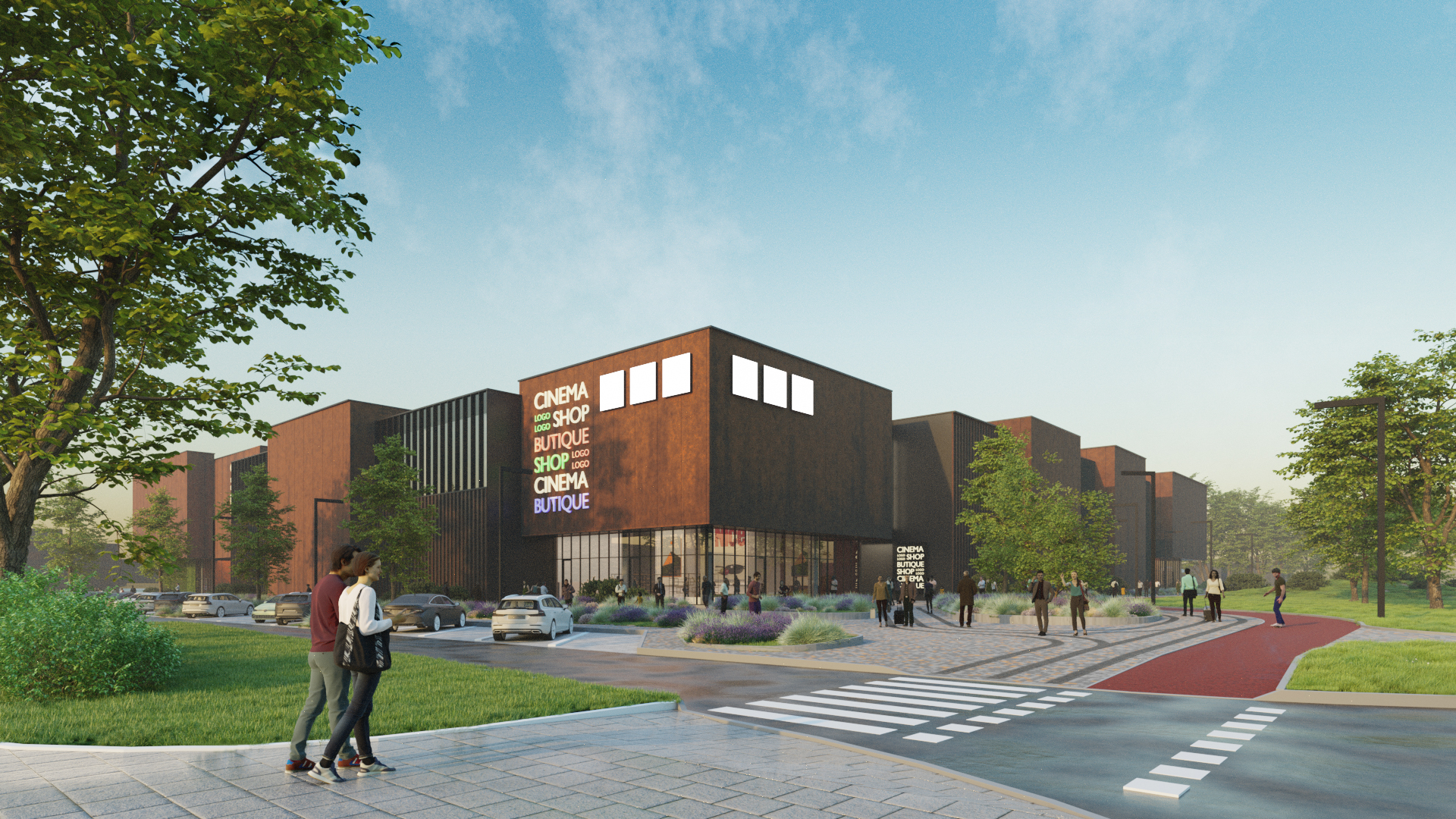
The Klaipėda shopping center represents a commitment to contemporary retail within a contextually aware design. Our architectural philosophy centers on a harmonious integration with the existing urban environment, drawing inspiration from local colors and the scale of nearby buildings. Beyond aesthetics, the project focuses on creating vibrant, user-friendly spaces and incorporating sustainable building practices for a lasting positive impact on Klaipėda.
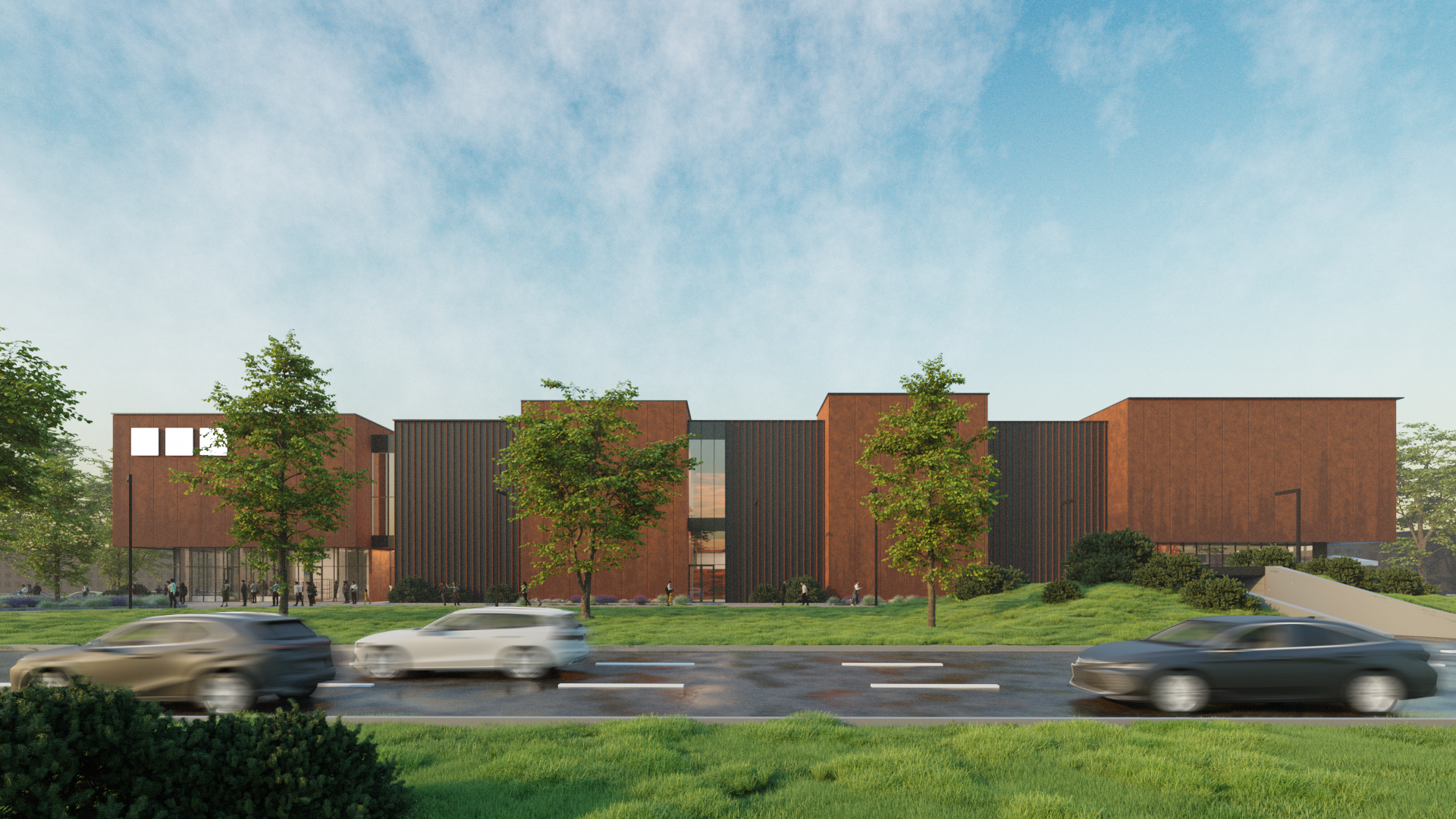
Crafting a compelling shopping center design goes beyond mere functionality; it requires a nuanced understanding of its surroundings. The challenge lies in seamlessly integrating a large-scale commercial destination into an existing architectural tapestry. Our approach meticulously considers the scale, materials, and rhythm of neighboring buildings to ensure the new development feels like a thoughtful addition, enhancing the overall character of the area.
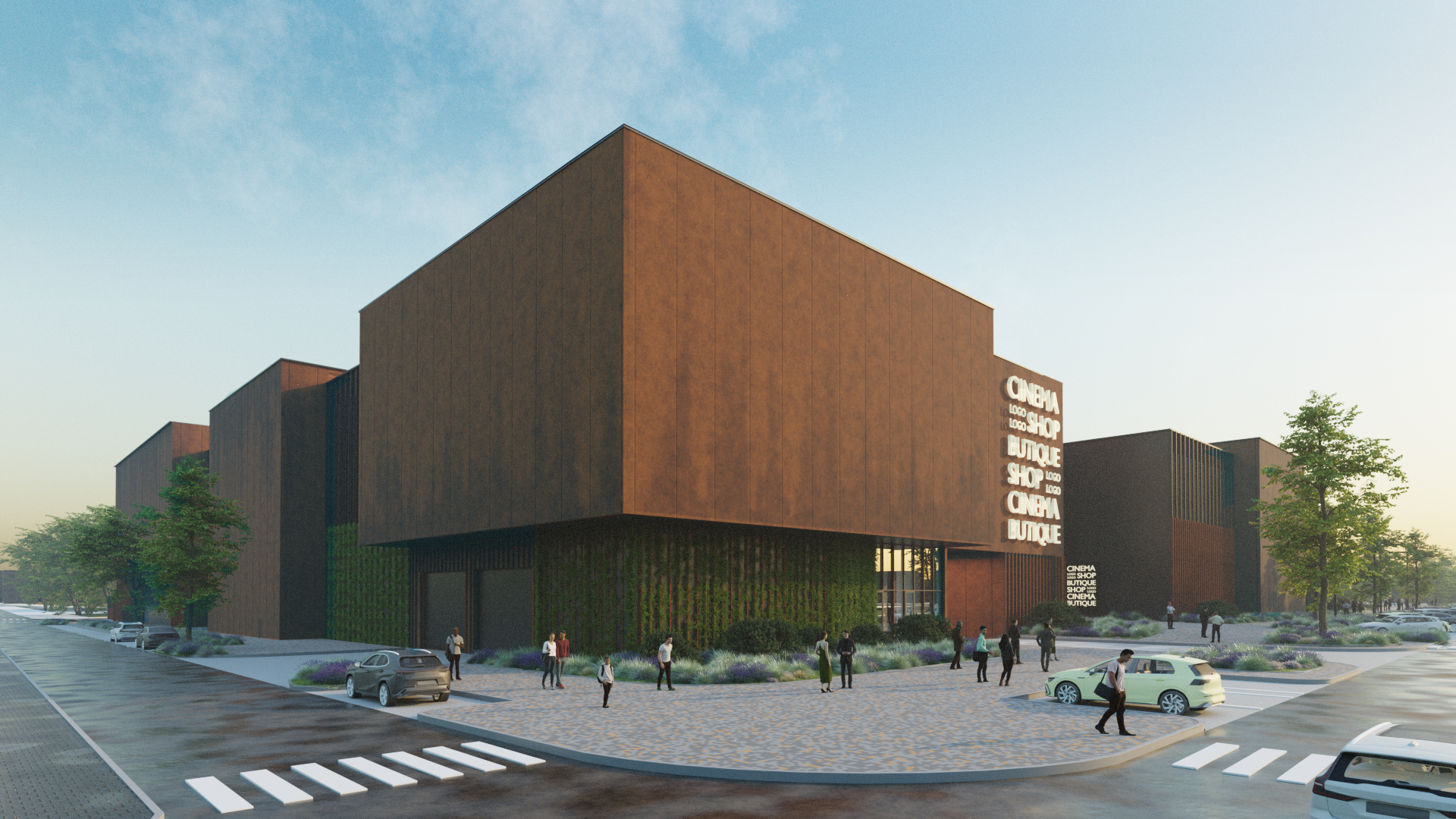
To ensure the shopping center felt like a natural fit within its environment, the overall massing was thoughtfully articulated as a collection of smaller, box-shaped volumes. This approach mitigated the potential for an imposing structure and resonated with the scale of neighboring buildings. The selection of an orange-brown color scheme directly responded to the dominant red tones of the area, fostering visual cohesion. Furthermore, the box like volumes echo the previous structure on the site provided a subtle yet significant link to the location's past.
Architectural idea
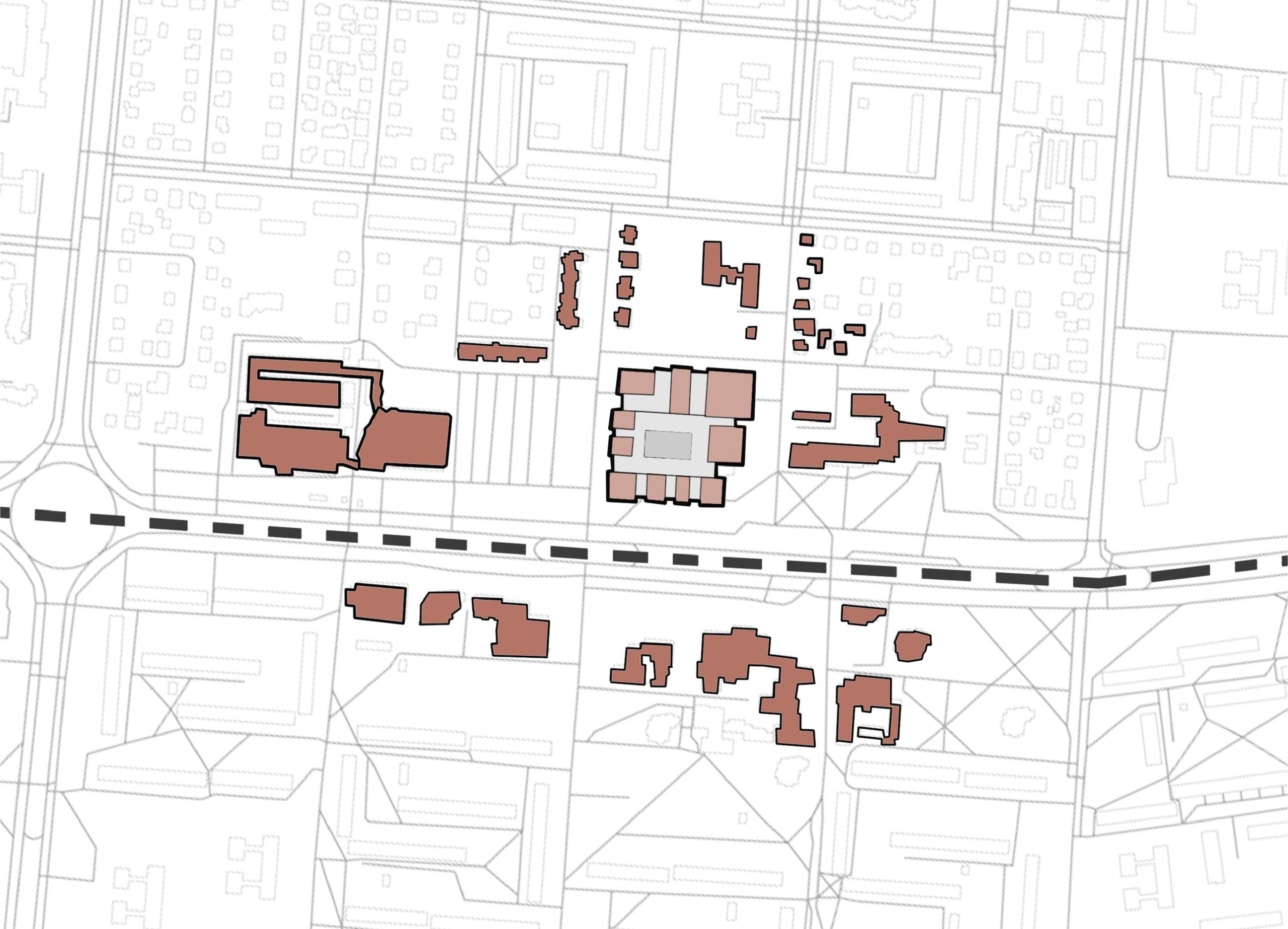
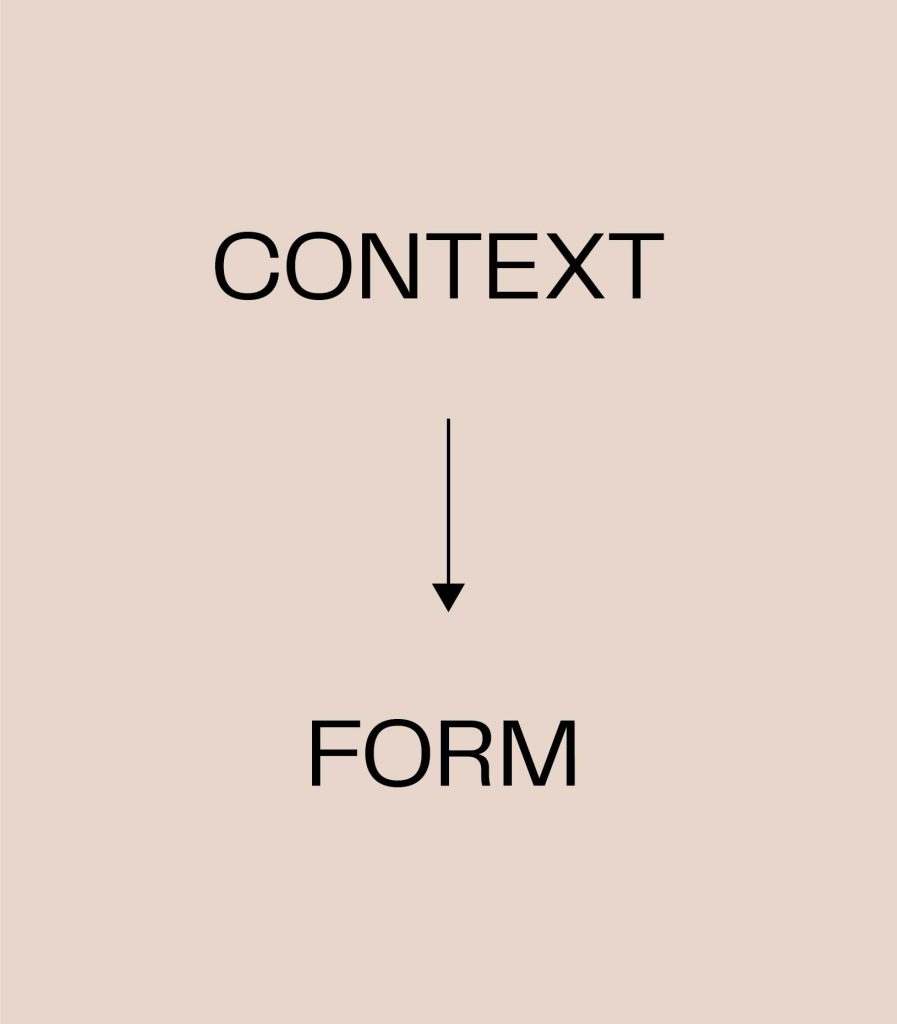
The site for the new building is within the planned linear center along Taikos prospektas in Klaipėda. This area is characterized by a mix of existing structures and is designated for further development and modernization within the city's master plan. The project's context is therefore defined by its position within this evolving urban corridor and its relationship to the existing built environment along the prospektas.
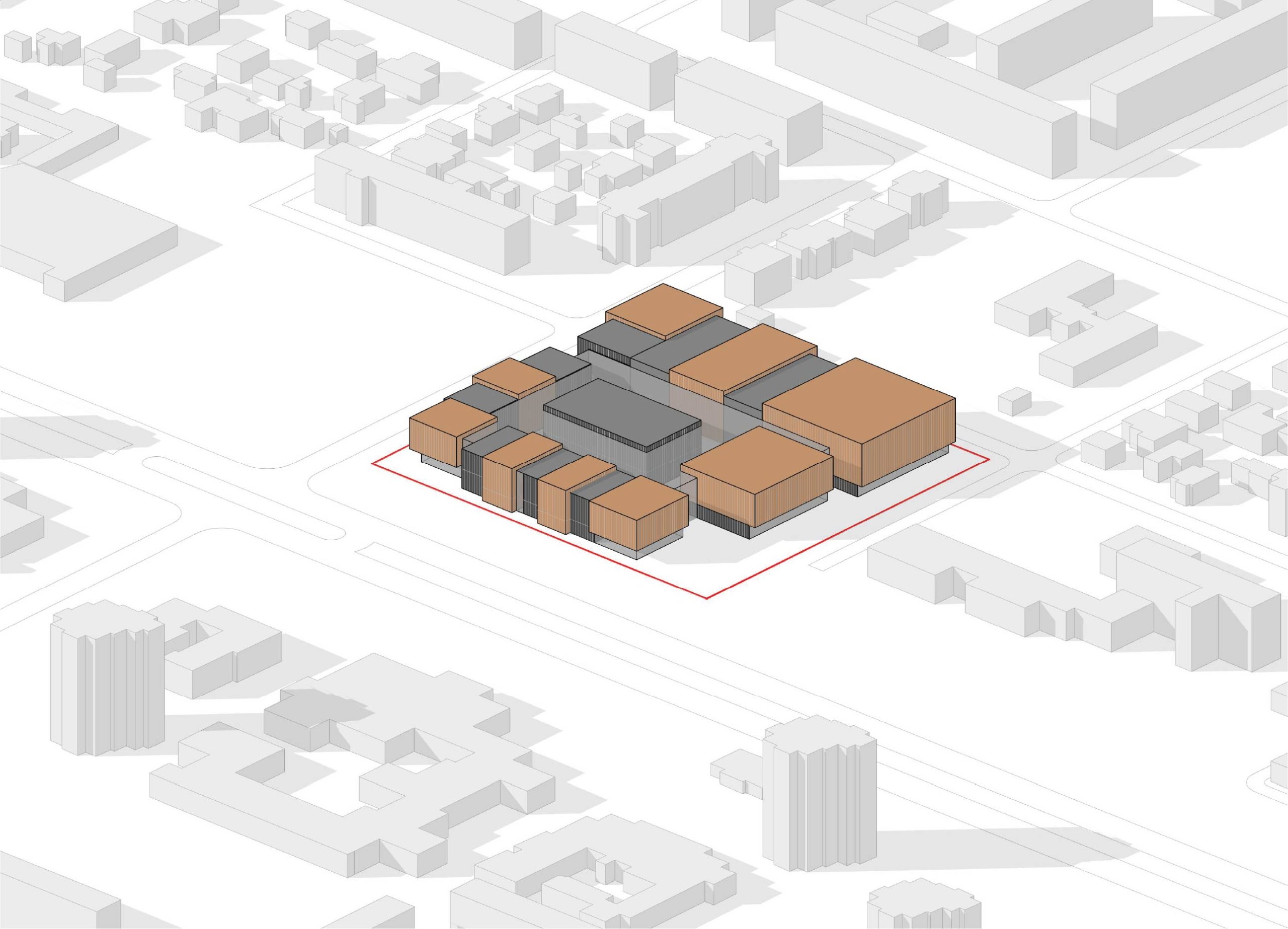
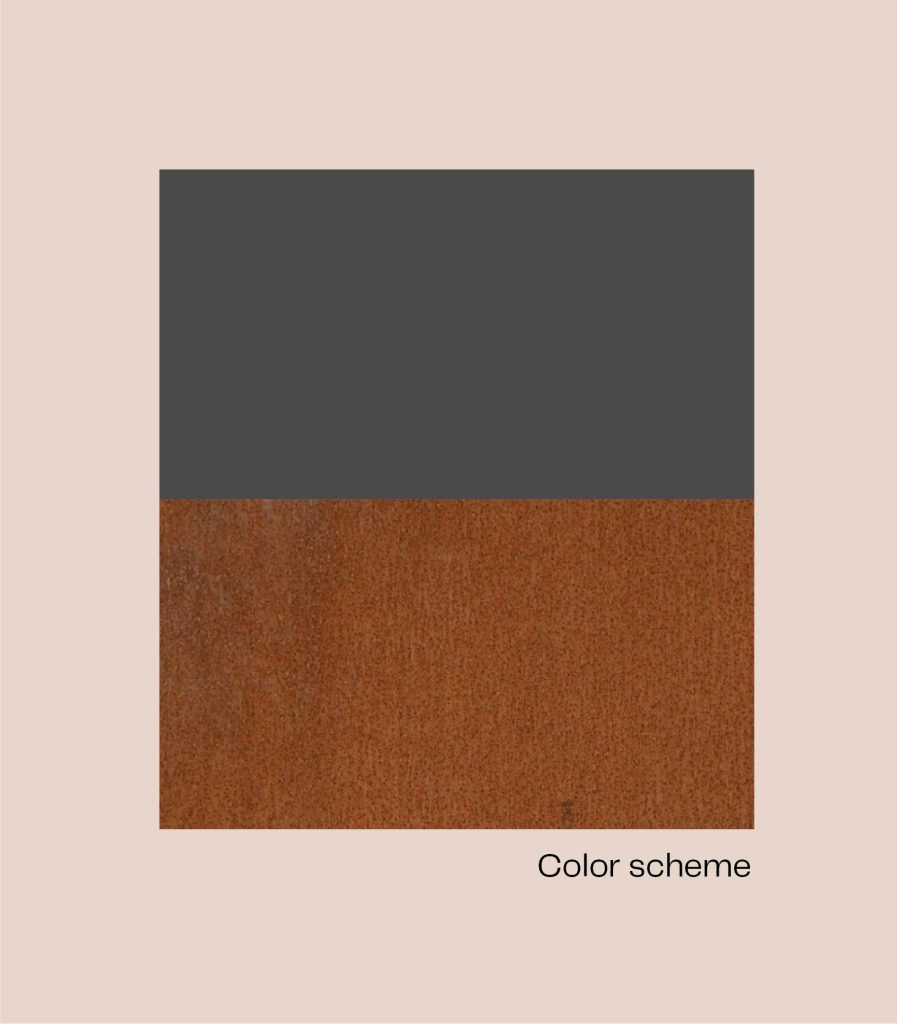
The initial concept for this building directly responded to the volumetric characteristics of the surrounding Soviet-era multi-functional public buildings. The design aimed to echo the prevalent features of large volumes, cantilevered elements, and expansive planes, often incorporating glazing. A key idea was to translate the common Soviet-era practice of breaking down larger masses into smaller, interlocking, stepped, and fragmented volumes into a contemporary expression for this new structure. This approach sought to establish a visual connection and dialogue with the existing architectural context.
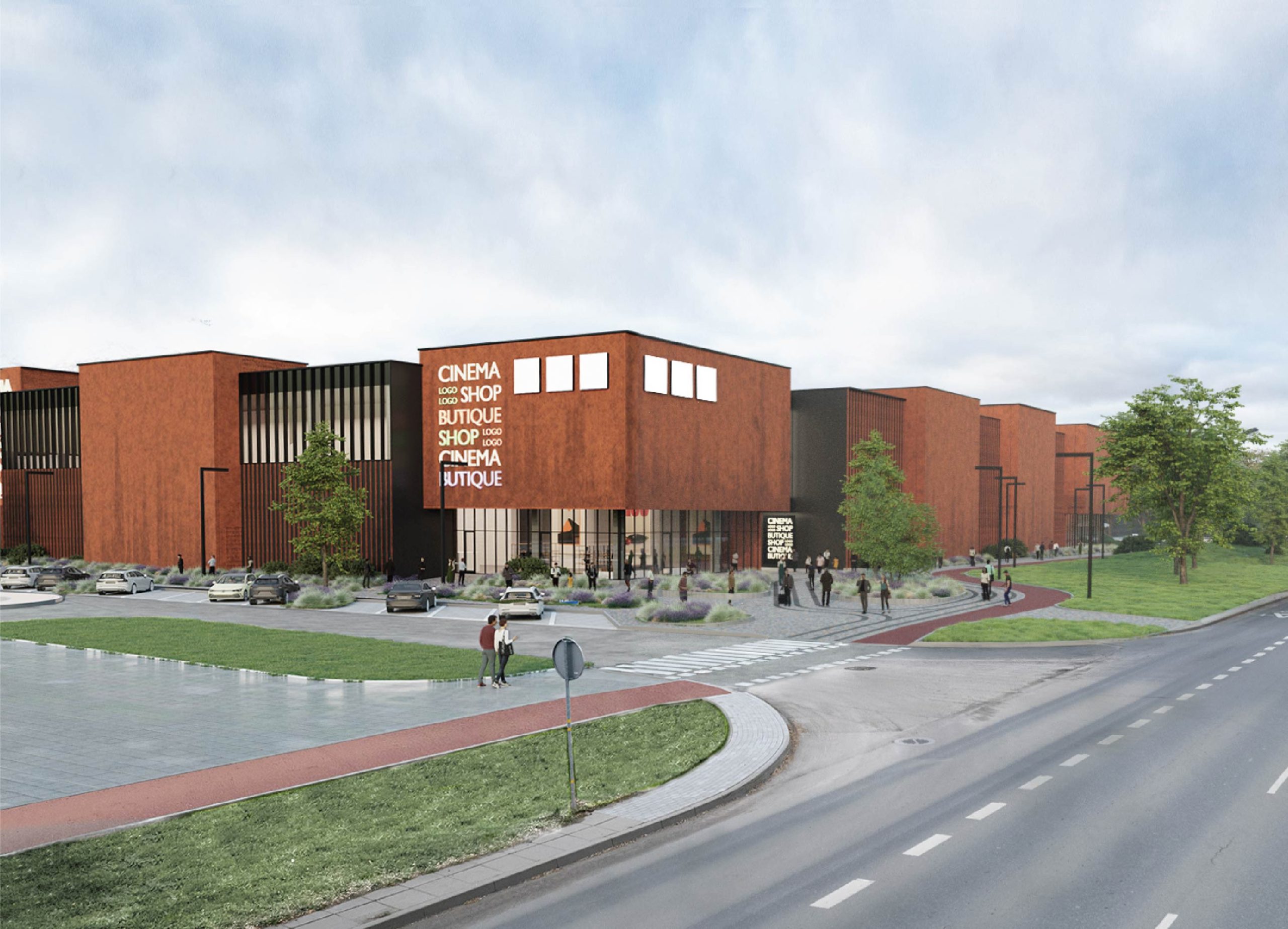
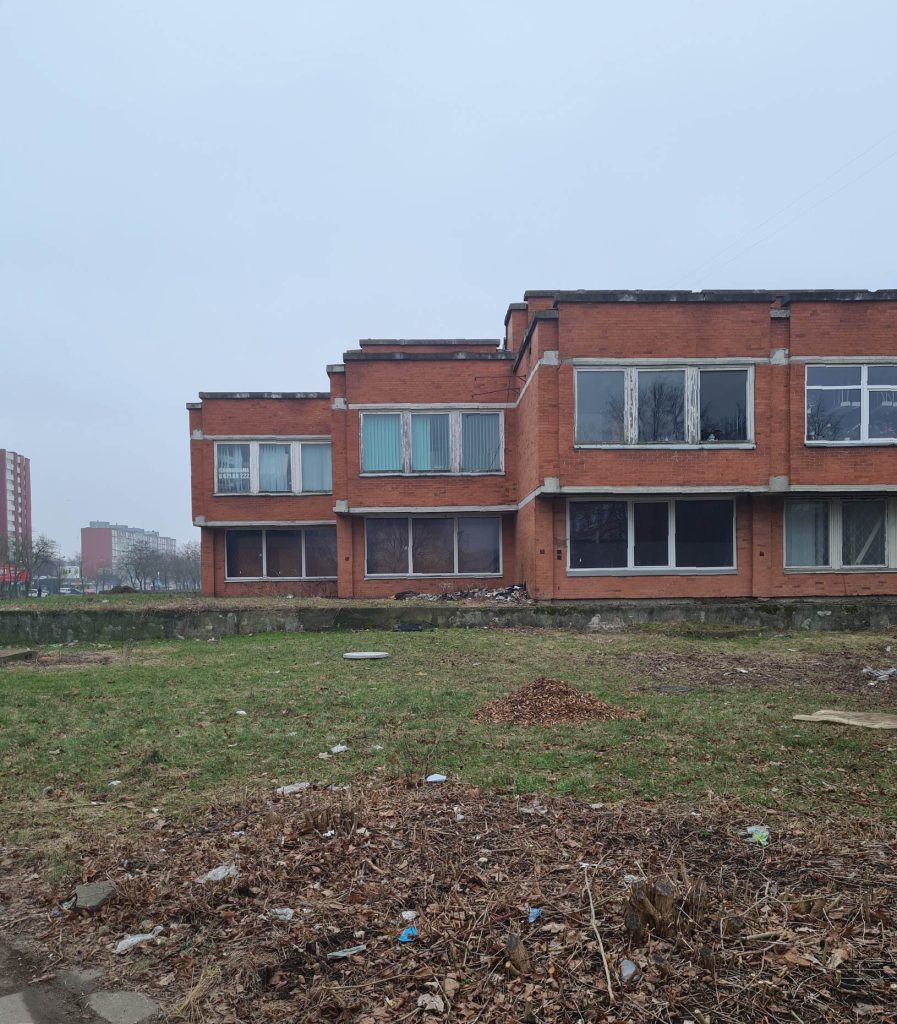
The building's facade materials are a contemporary interpretation of Klaipėda's prevalent color palette, drawing inspiration from red brick and clay tiles but utilizing a modern corten steel finish. This rusted metal cladding is complemented by aluminum-glass storefronts and panels with a gray finish, sometimes overlaid with corten steel lamellae. The ground floors feature extensive glazing to showcase interior activities, while vertically installed multi-layered panels and aluminum-glass divisions emphasize verticality in the overall design.




